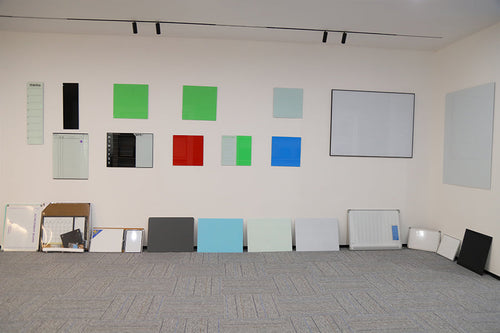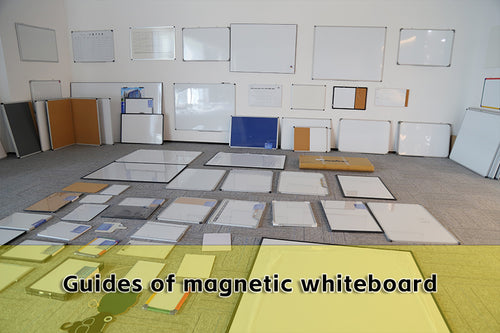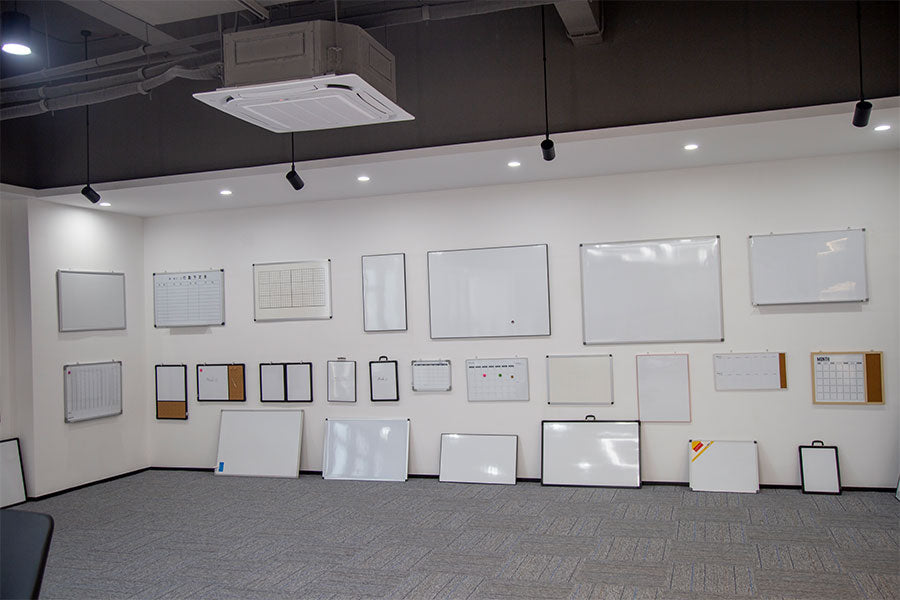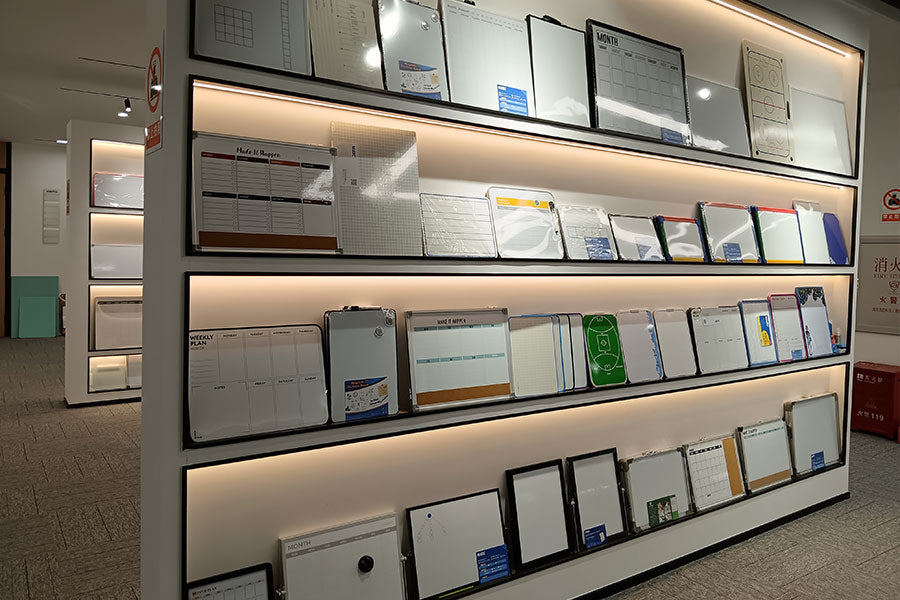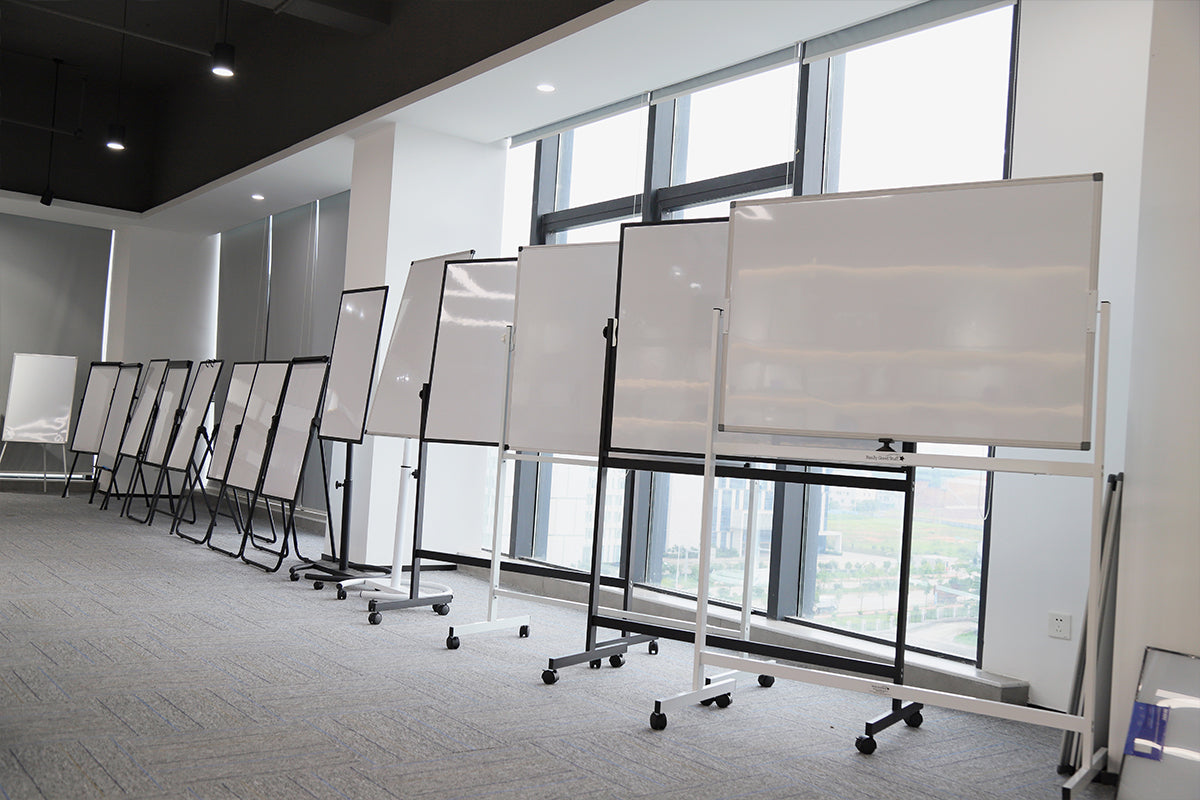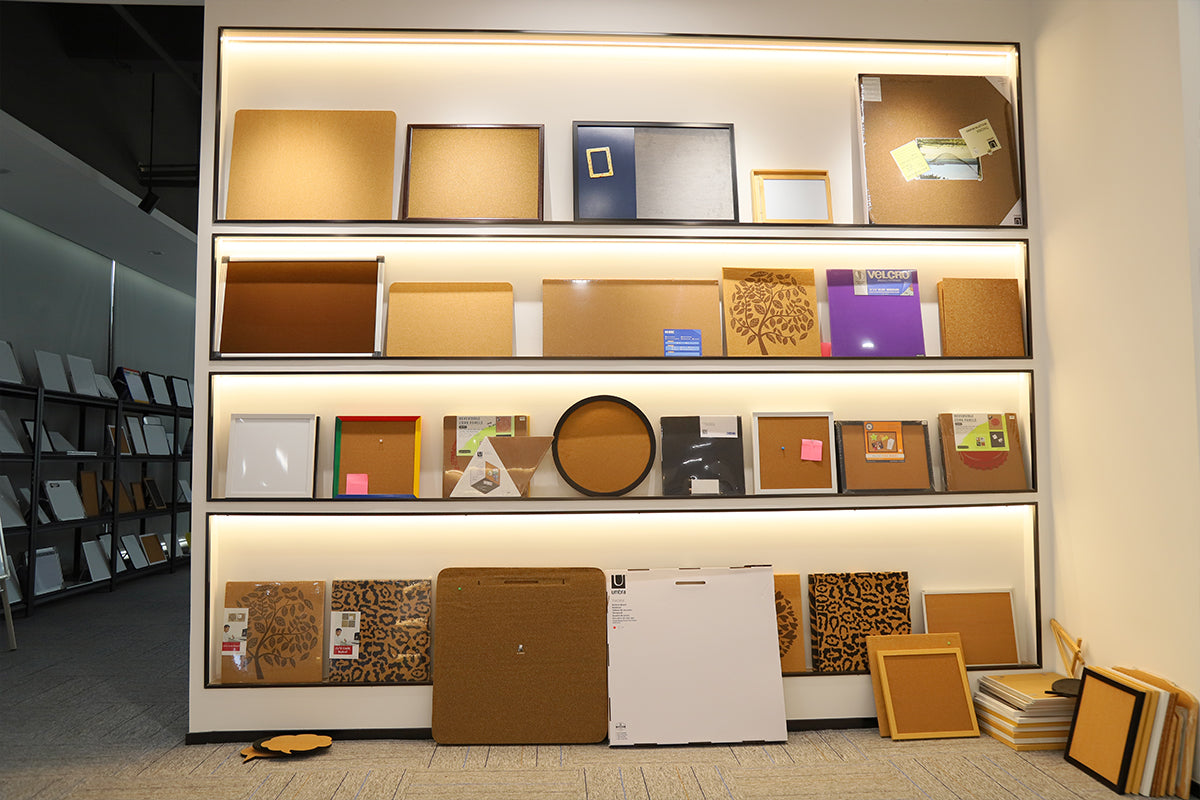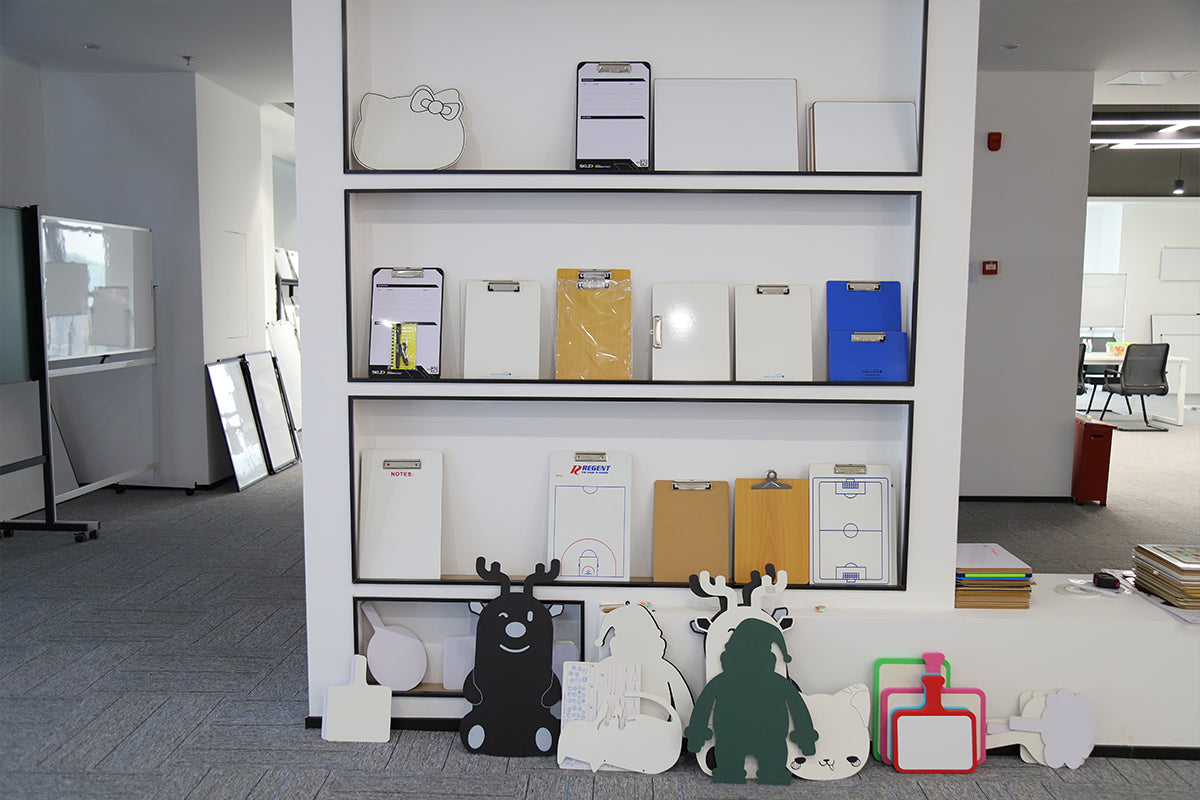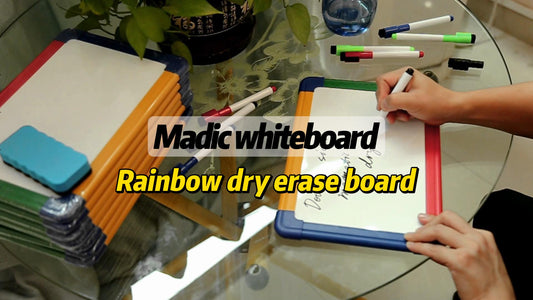Which white board is better magnetic or non magnetic?
Introduction
When it comes to choosing a white board, there are several factors to consider. One of the most important decisions you'll need to make is whether to go for a magnetic or non-magnetic board. In this blog post, we'll explore the differences between these two types of white boards and help you determine which one is better suited for your needs.
Magnetic White Boards
Magnetic white boards are a popular choice for many individuals and organizations. These boards are made from a steel or aluminum surface that is coated with a layer of enamel. The enamel coating allows magnets to stick to the board, making it easy to attach important documents, notes, or other materials.
One of the key advantages of magnetic white boards is their versatility. They are ideal for collaborative environments such as classrooms, offices, or conference rooms, where you may need to display and organize various materials. Magnetic boards also offer the flexibility to rearrange or remove items as needed.
Another benefit of magnetic white boards is their durability. The enamel coating provides a smooth and resistant surface that is easy to clean and maintain. These boards are built to withstand frequent use and can last for many years without losing their functionality.
Non-Magnetic White Boards
Non-magnetic white boards, also known as dry erase boards, are another popular option. These boards are typically made from melamine or porcelain, which are non-magnetic materials. Instead of using magnets, non-magnetic boards rely on dry erase markers for writing and erasing.
One of the main advantages of non-magnetic white boards is their affordability. These boards are generally more budget-friendly compared to magnetic boards, making them a great choice for individuals or organizations with limited resources.
Non-magnetic white boards are also lightweight and easy to install. They are suitable for various settings, including classrooms, home offices, or small meeting rooms. These boards are often available in different sizes and can be mounted on walls or placed on easels.
Choosing the Right White Board
When deciding between a magnetic or non-magnetic white board, it's important to consider your specific needs and use case. Here are a few factors to keep in mind:
Functionality: If you require the ability to attach documents or materials to your white board, a magnetic board is the better choice. However, if you primarily need a surface for writing and erasing, a non-magnetic board will suffice.
Budget: If cost is a significant factor, a non-magnetic white board may be the more economical option. These boards offer good functionality at a lower price point compared to magnetic boards.
Durability: If you anticipate heavy use or require a board that can withstand frequent cleaning, a magnetic white board with its enamel coating may be the more durable choice. Non-magnetic boards, while still durable, may be more prone to staining or ghosting over time.
Conclusion
In summary, the choice between a magnetic or non-magnetic white board depends on your specific needs and preferences. Magnetic boards offer versatility and the ability to attach materials, while non-magnetic boards are more budget-friendly and lightweight. Consider the functionality, budget, and durability factors discussed in this blog post to make an informed decision. Whether you opt for a magnetic or non-magnetic white board, both options can provide an excellent surface for brainstorming, organizing, and presenting information.

